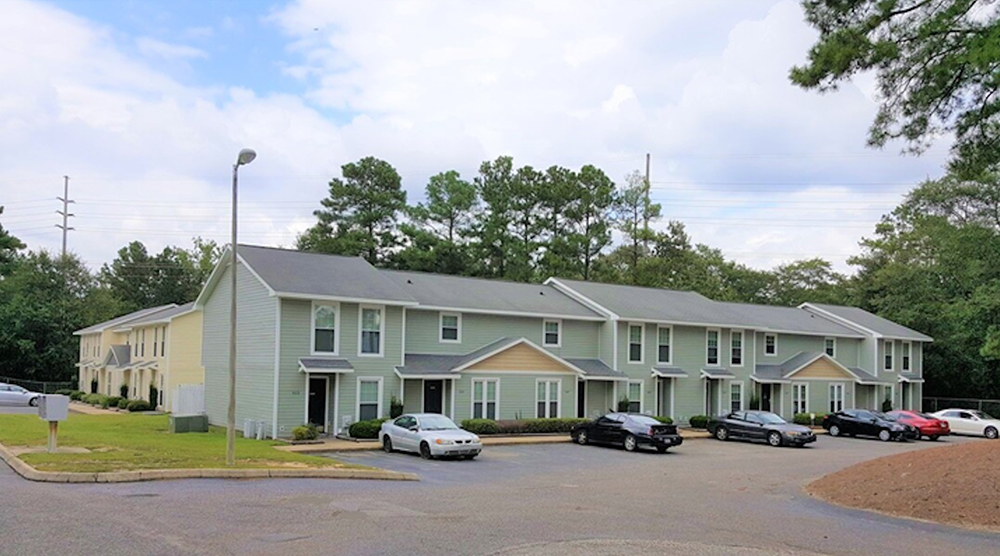News: Financial Digest
Posted: January 9, 2008
Preparing for financing readiness
While the capital markets remain in flux and all lenders are deciding what they "want" and "where" they want to be in the financing market, there is a great opportunity for borrowers to use time and energy both of their own and of others to good advantage. Enough time has now passed to enable those in the commercial real estate industry to begin to adapt to the concept of its changeableness.
With the treasury bill index changing significantly from day to day and the sanctity and validity of loan quotes being so short term, the one thing that a borrower can do to advance a financing project, in such a time sensitive environment as financing , is to engage, and have prepared 'in draft' form, all third party due diligence reports. With these reports ready for finalization, once an acceptable and motivating quote is received, the Borrower can advance quickly to move forward and execute a lock with the intent of closing rapidly.
The third party reports which can be readied are, MAI Appraisal that is prepared in accordance with FIRREA requirements; Phase I Environmental Report; Structural Engineering Report and ALTA survey.
Most of these reports will not become stale for a number of months after being written, so the preparation of them represents a good value in terms of time saved and readiness for an expeditious closing. There is an added advantage being that with so much less volume right now, those doing these reports are more able to shorten time to completion and some are able to do them less expensively.
A secondary consideration to be weighed relative to the preparation of an appraisal is that there is some upward pressure on various capitalization rates, in certain property and market sectors and the sooner an appraisal is performed, the lesser that impact may be. Also, the suggestion here is that the MAI appraisal be issued 'in draft' so that if there are changes in leasing, income, etc. they can be addressed immediately prior to final form. Finally, an appraisal, done in anticipation of a formal financing quote, will provide the borrower, the mortgage broker and the lender with a definitive loan to value number, giving the lender a precise percentage on which the quote and the spread associated with it can be formulated.
The ordering and early preparation of a Phase I Environmental Audit, as well as that of the Structural Engineering Report ,will provide the borrower with a look ahead at any potential issues or conditions that might need to be discussed, evaluated, addressed, and/or corrected prior to closing and therefore give an advance time for cure.
Sometimes one of the longest lead time items for closing is the ALTA survey. Putting the wheels into motion to secure the survey can be a definite advantage to a borrower seeking a timely closing. The Lender working on a financing for which all reports are prepared will have added confidence and assurance that efforts made to move forward on a quote and deal with be fruitful and the borrower will be motivated to close.
The suggested discipline of early preparation by the ordering of third party due diligence items, will enable a borrower to avail him/herself of the opportunity to move quickly and take advantage of what positives may be there in the financing market for the borrower with the foresight to be prepared.
June Fish is partner at Ashworth Mortgage Corp., Newton, Mass.
Tags:
Financial Digest
MORE FROM Financial Digest
Preservation of Affordable Housing secures $23.5 million in financing from Rockland Trust and Citizens Bank
Cambridge, MA The nonprofit Preservation of Affordable Housing (POAH) has secured $23.5 million in financing from Rockland Trust and Citizens Bank to transform a 150-year-old, underutilized church complex into housing. The project will ultimately create 46 affordable family-sized apartments.

Quick Hits
Columns and Thought Leadership

Conn. hospitality market: A technical appraisal perspective on market dynamics and valuation challenges (2019-2025)
The Connecticut hospitality market has demonstrated uneven recovery patterns between 2019 and 2025, with boutique and historic properties achieving $125 RevPAR in 2025, up 8.7% from the 2019 level. Coastal resort properties achieved a $105 RevPAR in 2025, representing 10.5% growth since 2019. Casino corridor properties maintained modest growth with RevPAR improving 4.5% to $92 in 2025.

Examples of investors who used Kay Properties for legacy and estate planning purposes for rental property/portfolios - by Dwight Kay
Preserving wealth across multiple generations requires strategic planning, foresight, and the right investment vehicles. Delaware Statutory Trusts (DSTs) offer a powerful solution for families looking to build and protect their financial legacy and to efficiently plan for their estate.








